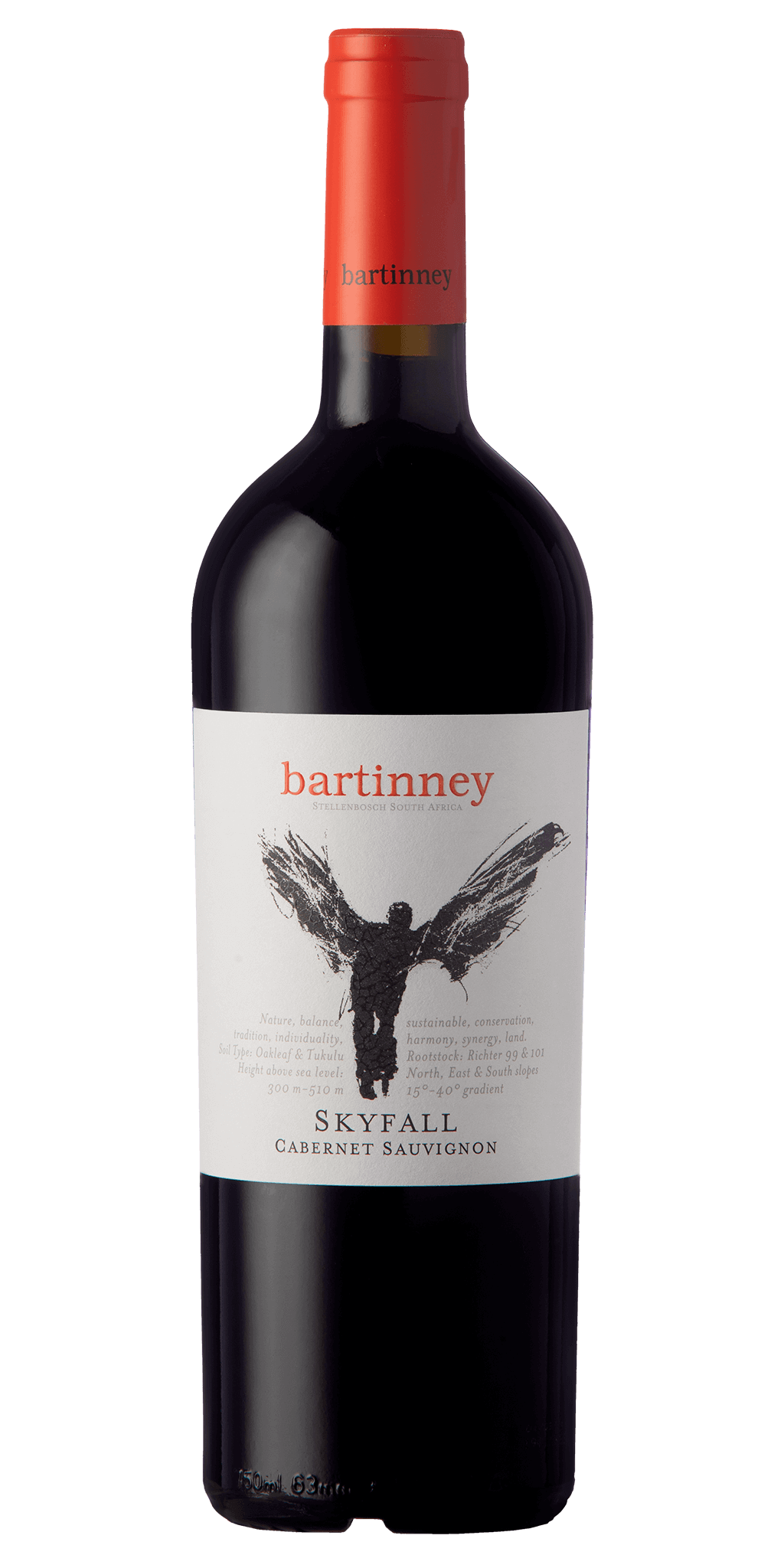Happy Chardonnay Day wine aficionados! Did you know? Chardonnay Day falls on the fourth Thursday every May. Here’s another fun fact: Chardonnay is one of the most planted varietals in the world, and so it should be! There’s nothing quite like a perfectly chilled glass on a hot summer’s day or a full-bodied glass paired with something equally delicious to delight the cockles of the heart, who says it needs to be a red that always does the job? Made in a wide variety of styles, sparkling, dry, packed with flavors of pineapple, vanilla and light bodied, buttery lees with malolactic fermentation on the palate. Though many producers have been shying away from making this particular style in this modern day era.

The Chardonnay grape from vine to glass
Winemaking
Chardonnay can be grown and ripened without much difficulty in a wide variety of climates. The white grape varietal has small bunches and is early budding. Ranging from pale – deep lemon in hue, with an array of tasting descriptors like citrus, pineapple, white peach, and melon, or green fruit depending on the climatic origin. The subtle flavors and aromas humbles Chardonnay to be the perfect blank canvas for a host of versatile winemaking techniques. Many vintners use extended lees, and as mentioned above most Chardonnays undergo malolactic fermentation – meaning the wines go through a process where tart acid in wine converts to softer, creamier lactic acid. Using these winemaking techniques with age the best wines develop complex aromas of nuts and/or mushrooms.

Chardonnay – one of the most versatile grape varieties
The Difference Between Oaked and Unoaked
One is fermented and aged in either french or american oak barrels and the latter style in stainless steel tanks. This always depends on the winemaker’s style of choice and of course climatic conditions influencing the grape varietal. Oaked Chardonnays are rich, full-bodied and have aged elements like vanilla, butter and sometimes baking spices. Making this style the perfect accompaniment for a food pairing such as seafood dishes.

Stellenbosch winery, Delaire-Graff is known for their superb Chardonnay, which pairs wonderfully with light dishes. Buy Delaire-Graff wine here
Unoaked chardonnay who many have come to know as Chablis, are mass produced white wines from Chile, New Zealand and lesser known parts of France. This style has a steely, minerality that pairs well with oysters, sushi and perhaps even a light butternut risotto. Another reason to drink Chardonnay is because it is a major component in the production of Champagne and South African Methode Cap Classiques. Who doesn’t love a good glass of bubbles to celebrate this auspicious day, read about the South African capital of Cap Classiques – Franschhoek here.

Constantia winery Steenberg is known for their Sparkling Chardonnay, find our Steenberg collection here
Taste Profile
This versatile white wine’s taste profile ranges from
- Medium dry
- Light – medium body
- Medium acidity
- Usually medium – high alcohol levels (13.5 – 15% abv)
Storage
- Store at temperate and preferably cool conditions: 7-12 degrees C
- Store your wine that is sealed with a cork on its side to ensure the cork remains in contact with the wine. With that said wines sealed with a screw cap can be stored any which way
Service
- Serve full-bodied oaked Chardonnay at a lightly chilled temperature of 10 – 13 degrees C (50-55 degrees F)
- Unoaked Chardonnay at 7-10 degrees C (45-50 degrees F)
- French Champagne or South African MCC (Methode Cap Classique) sparkling wines at a well chilled temperature of 6-10 degrees C (43-50 degrees F)
With so many reasons to raise a glass of Chardonnay whether it be something bubbly, oaked or unoaked, there’s certainly something for everyone to celebrate with.

Happy International Chardonnay Day
Click here to shop our incredible range of Chardonnay & shop all our South African wines here.




 +1 888 812 2543
+1 888 812 2543